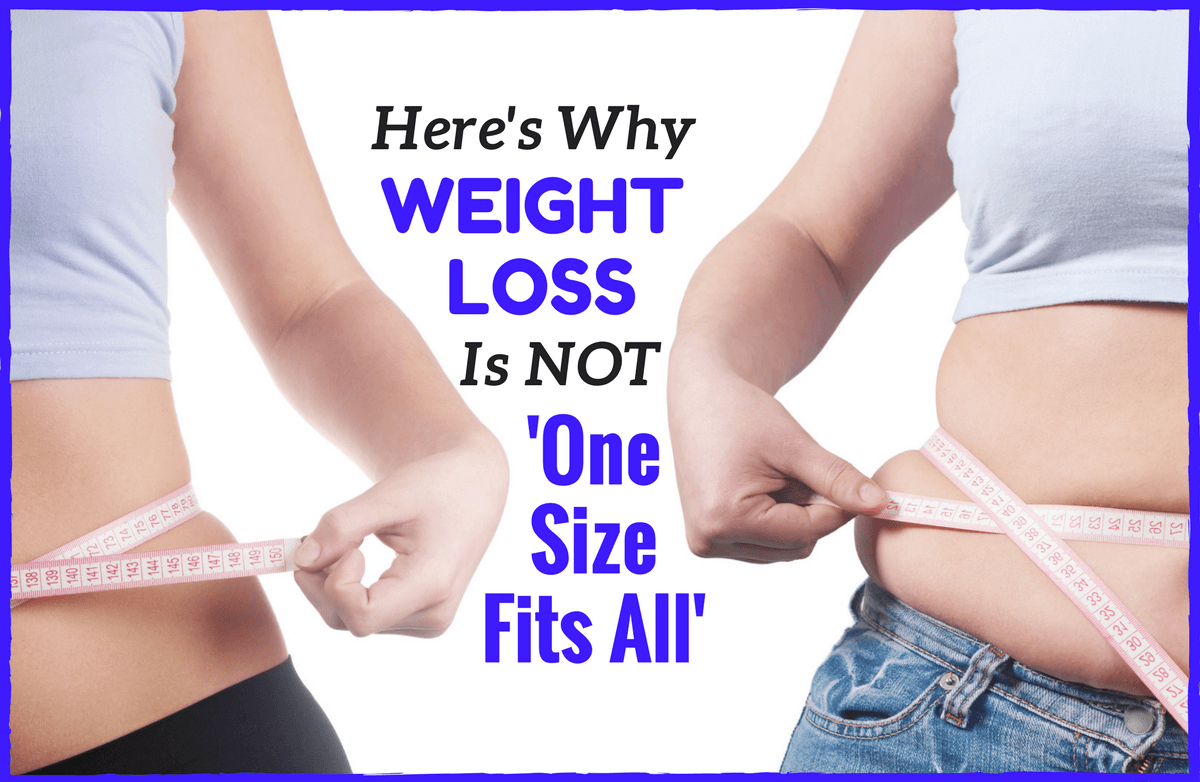|
When you go to the grocery store, you probably check several labels and tags. First, you check the shelf price tag and look for any specials. You might also compare the cost per ounce, which is also listed on the shelf tag. Many of us check the nutrition facts label as well. But what about the dates on the packages you select? Do you check those, too? Why not? Is it because you don’t know what they really mean? If so, you're not alone. We know that by law, food labels must be truthful. That said, there are many loopholes in labeling. Manufacturers can't lie to you about nutrition and ingredients, but they can easily mislead you into thinking something is healthier than it really is. The dates on the packaging can confuse you, too, if you don’t know what they really mean. Here are some general guidelines for interpreting dates on food packages: Best if used by, freshness or quality assurance dates typically refer to flavor and quality--not necessarily to food safety. If foods are eaten by the date listed, the product will have maximum nutrients and peak flavor. A sell by or pull date is mainly a recommendation for store management. Related to recommended shelf life, this date provides direction for shelf rotation and removal from shelves. It's not an indication that the food “goes bad” after the stated date. Even perishable products retain their flavor and freshness for an additional few days to a week after the date listed. Expired products don't have to be removed from shelves. In fact, they are often sold both in grocery stores and at closeout stores past those recommended dates. Usually when we shop, we can take first pick at products, so select the latest date available. Pack or package dates tell us when a food was packaged but don't guarantee safety or freshness. (For example, the born on date initiated by Anheuser-Busch claims that its beer tastes best within 110 days of this date.) Coded dates are something many of us pay little attention to until we hear of a food recall. These series of letters, numbers or a combination of the two indicates the batch of origination for the item. This number helps manufacturers and consumers track down products in case of a recall. A use by or an expiration date is the date you will want to pay the most attention to because food should not be consumed after this date in most cases. Here are some tips to help ensure the foods in your fridge and pantry are fresh and safe for your family.
How much attention do you pay to the dates that are on the products you purchase? |
More From SparkPeople
|

.png)


.jpg)






.png)



